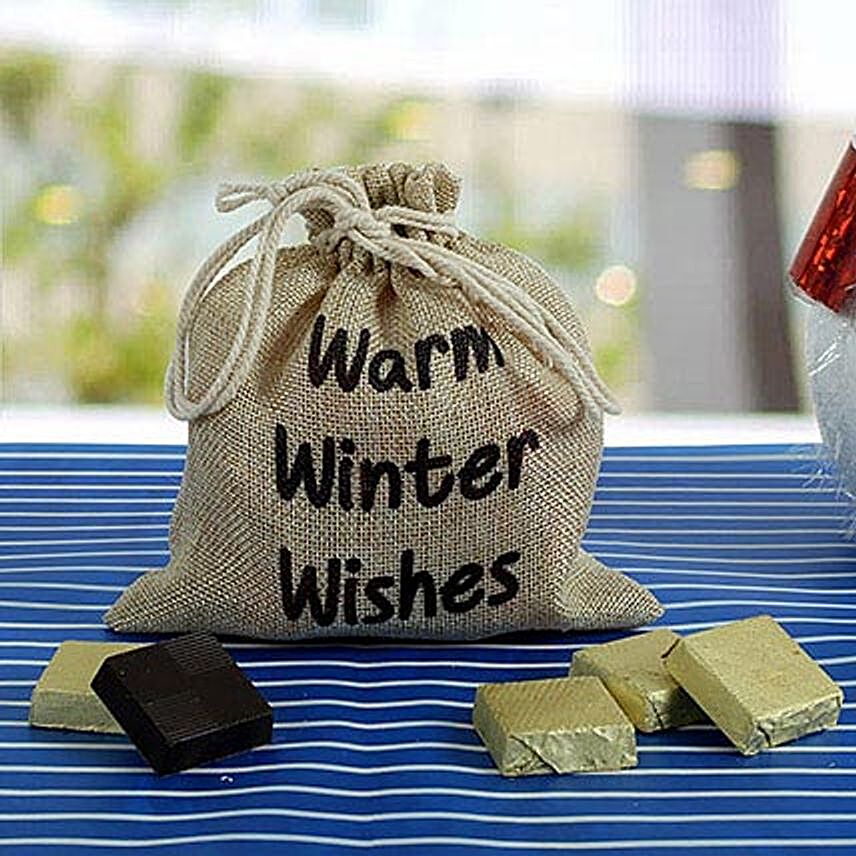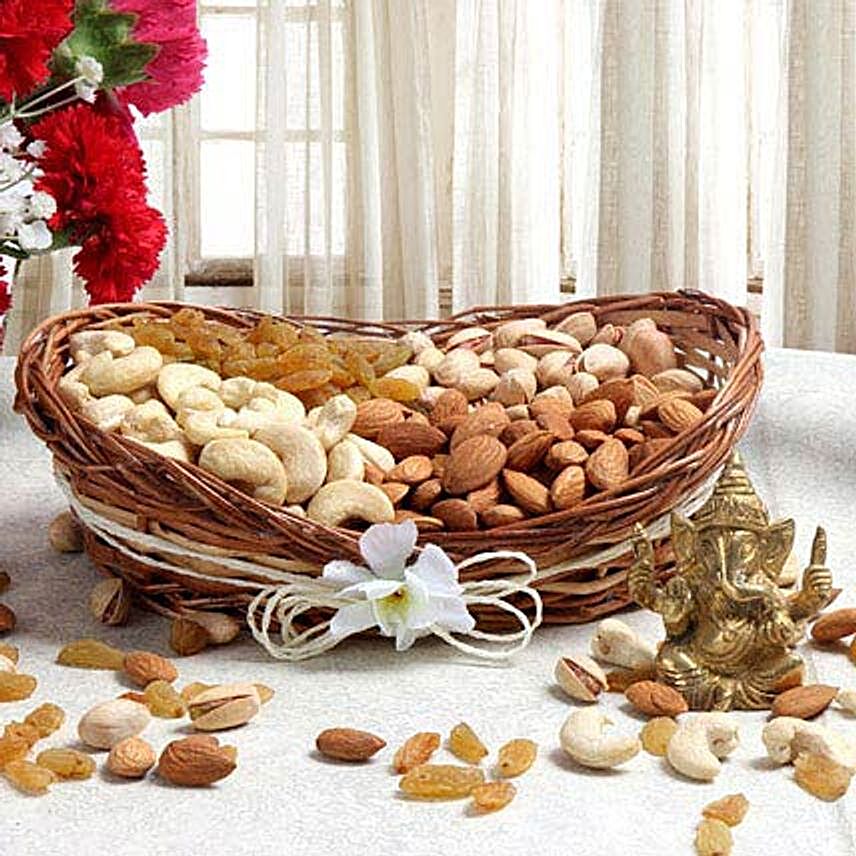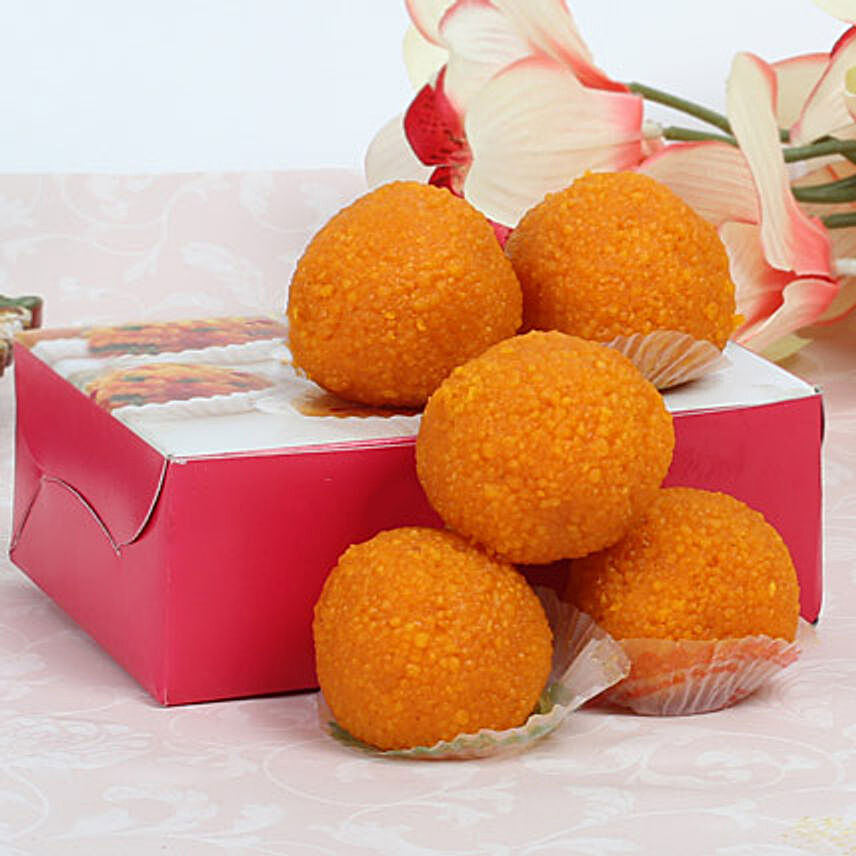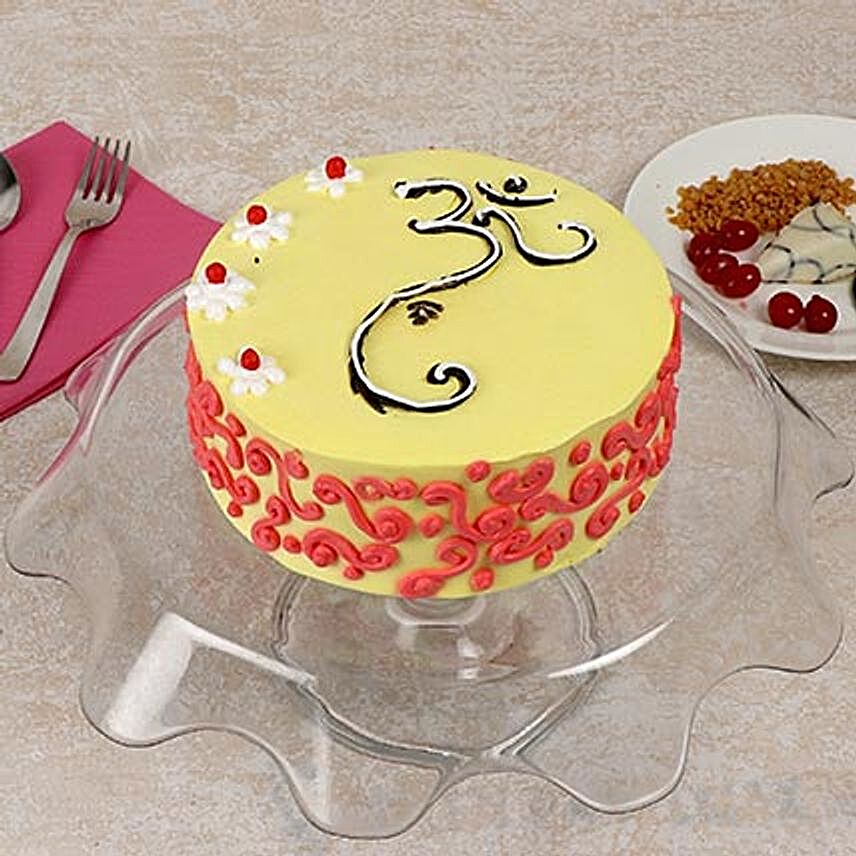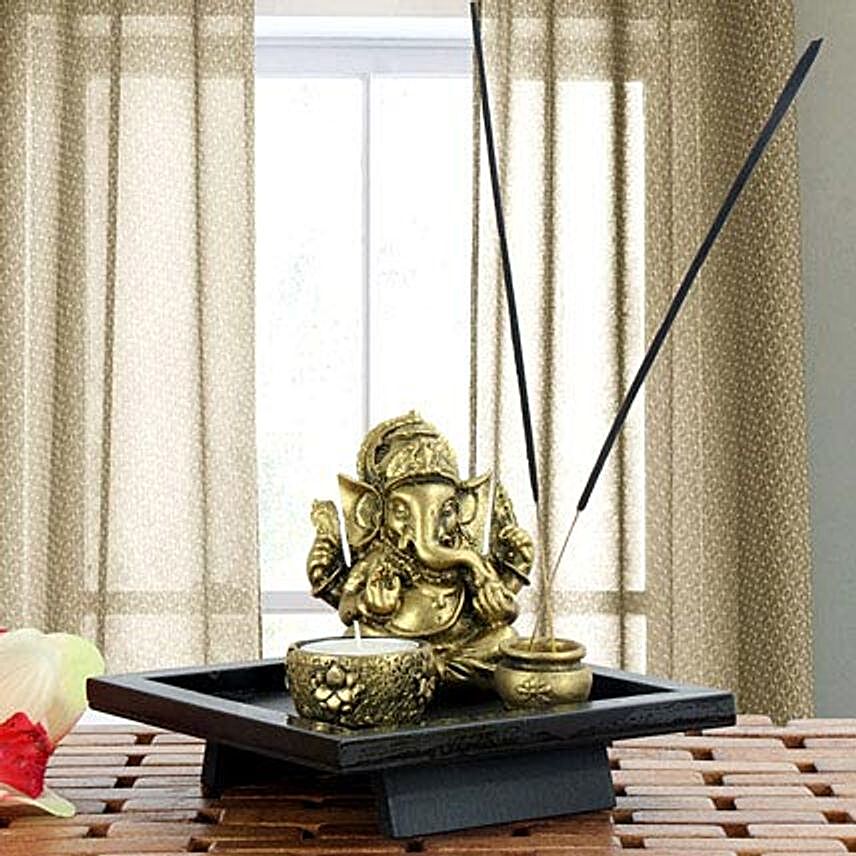About Lohri
Lohri is a well-known festival of India that is celebrated on 13th Jan in Northern India specially Punjab. The people belonging to Sikh and Hindu community celebrate this festival. Some believe that this festival commemorates the passing of the winter solstice. Some say that this Lohri is celebrated to spread the joy of an enormous Rabi crop season. Lohri festival also marks the end of the winter season and thus the warm sunny climate is welcomed with traditional song, dance, and other rituals.
Lohri is observed the night before Makar Sankranti which also called Maghi and as per the lunisolar Bikrami calendar. Lohri falls in the month of Paush and is set by the solar part of the lunisolar Punjabi calendar and it falls on 13 January of the Gregorian calendar while Makar Sankranti falls on 14th January.
Many people say that the word Lohri is derived from “Loi” – the wife of Saint Kabir. Some believe that Lohri comes from the word “Loh” which means light and warmth of the fire. As per another popular legend, Holika & Lohri were sisters. Holika perished in the Holy fire while Lohri survived with Prahlad. Another belief is that this Lohri name is derived from Rorhi and Til which are eaten during this festival. Tilrorhi now got shortened to Lohri.
Origin:
As per the ancient tales, Lohri is an age-old mid-winter Hindu festival in regions near the Himalayan Mountains where the winter season is colder than the rest of the subcontinent. After weeks of crop production of the Rabi season, the Hindus lit up bonfires and socialized sitting around the bonfire and burst into singing and dancing. After the nightlong celebration around the bonfire, the Hindus marked Markar Sankranti and used to go to a sacred water body for a holy bath. These traditions are still followed by people or Sikh or Hindu origin. But Punjabis celebrate Lohri on the last day of the winter month and that’s why Lohri marks the passing of the winter solstice.
It is also said that Lohri originated during the Indus Valley Civilization. As this civilization flourished in North India and parts of Pakistan, this festival is primarily celebrated in these regions only. During the same time and date, the rest of India also celebrates the outcome of a favorable cropping season. Pongal in Tamil Nadu, Makar Sankranti in West Bengal, Magha Bihu in Assam, and Tai Pongal in Kerala are the name of the festivals celebrated on 13th or 14th January.
The stories surrounding Lohri are many and all are based on some kind of religious and socio-cultural traditions and events. But the most famous story is of Dulla Bhatti.
During the reign of great Mughal emperor Akbar, Dulla Bhatti was very popular among the poor people just like Robin Hood. He used to snatch away or rather plunder or loot the wealth of the rich people and distribute them among the poor and underprivileged people. So that’s the reason behind his immense popularity. He once saved a saved a girl from the hands of abductors and then took care of her like his own daughter. On every Lohri, this tale of bravery is remembered and children dress up in their new clothes and go to every doorstep of the neighborhood and ask for “Lohri Loot” in the form of money, delicacies like laddoos, peanuts, jaggery, etc.
The “Robin Hood Of Punjab” also saved the poor Punjabi girls from being sold in slave markets. He also found suitable grooms for these girls and arranged their marriage and also provided the dowry. Among these girls, Sundri and Mundri have now been associated with Punjabi folklore Sunder Mundriye.
Significance of Lohri Celebration:
The night before winter solstice is picked up to celebrate Lohri which marks the coldest night of the year followed by the longest night and shortest day of the year. As the night is very chilly, people have to keep them warm and thus fire is burnt and people sit in a circle around it which keeps them protected from the winter chills. By sitting around the bonfire, people propitiate the deities of the sun and fire and then engage in merry-making by eating the remnants of the offering, dancing, and singing. This is followed by eating a heavy meal with friends and relatives.
Punjab-Haryana, post the green revolution became the most fertile belt of India and this is also known as the harvest festival (of Rabi crops). Sugarcane, radish, jaggery, sesame, mustard, and spinach are the prime attraction of this festival. The tradition of having revari and gajak is basically to keep the body warm in the winter chills.
After Lohri, the climate changes and becomes harsh as the sun comes to the Northern Hemisphere. The Lohri specific food like sesame and jaggery are consumed to prepare the body to face the harshness of nature. The fire is also lit up for the same reason.
Apart from all the above-mentioned points, Lohri is also a festival that is linked directly with the sun, earth, and fire. Sun signifies the life element; earth refers to our food requirements; fire signifies our health. All these elements of Nature are granted to us absolutely “free of cost” by the almighty and thus we must thank the Lord for this life and the opportunities.
We are granted life and all other necessities by Nature and therefore sometimes we must thank them in return and pray the elements of Nature for taking care of us and also for showering prosperity on our lives.

